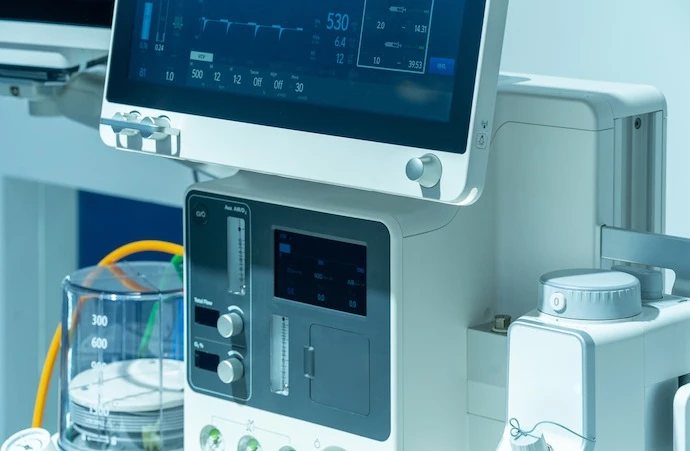For intubated critically ill adults and children, minimising invasive mechanical ventilation to reduce complications is crucial. Early identification of when patients can safely transition to spontaneous breathing aims to shorten ventilation duration. However, clinicians must balance this with the risk of reintubation, which occurs in about 10% of cases, particularly in high-risk groups.
Clinical guidelines recommend spontaneous breathing trials (SBTs) to assess readiness for extubation, commonly using techniques like pressure support (PS) and T-piece trials. While PS trials often lead to more successful extubations, concerns persist about potentially underestimating post-extubation breathing demands, possibly increasing reintubation risk.
Recent meta-analyses comparing various SBT techniques suggest PS trials increase SBT and extubation success rates by 9% and 7%, respectively, without raising reintubation rates. Further research is needed to clarify the best SBT approach for clinical practice, considering outcomes like SBT success, successful extubation, reintubation, and mortality across different techniques.
A new study assessed the comparative effectiveness and safety of various SBT techniques. The study focused on trials comparing different SBT techniques in critically ill adults and children.
The primary outcomes assessed included initial SBT success, successful extubation, and reintubation rates, while secondary outcomes included ICU, hospital, and prolonged mortality rates.
The study included 40 randomised controlled trials involving 6716 patients. PS trials showed higher initial successful SBT rates than T-piece SBTs, as did PS with automatic tube compensation (ATC), high flow nasal cannula (HFNC), and ATC alone. Successful extubation rates were also higher with PS, ATC, and HFNC SBTs compared to T-piece SBTs, with high to moderate certainty. Reintubation rates showed little difference with PS versus T-piece SBTs but were increased with PS and ATC SBTs compared to HFNC SBTs.
These findings show that SBTs utilising pressure augmentation techniques (PS, ATC, PS/ATC) compared to those without (T-piece, CPAP) showed higher initial successful SBT and successful extubation rates. However, while SBTs with PS or ATC were associated with increased reintubation rates compared to HFNC, there was no significant difference in reintubation rates between PS and T-piece SBTs.
Source: Critical Care
Image Credit: iStock






